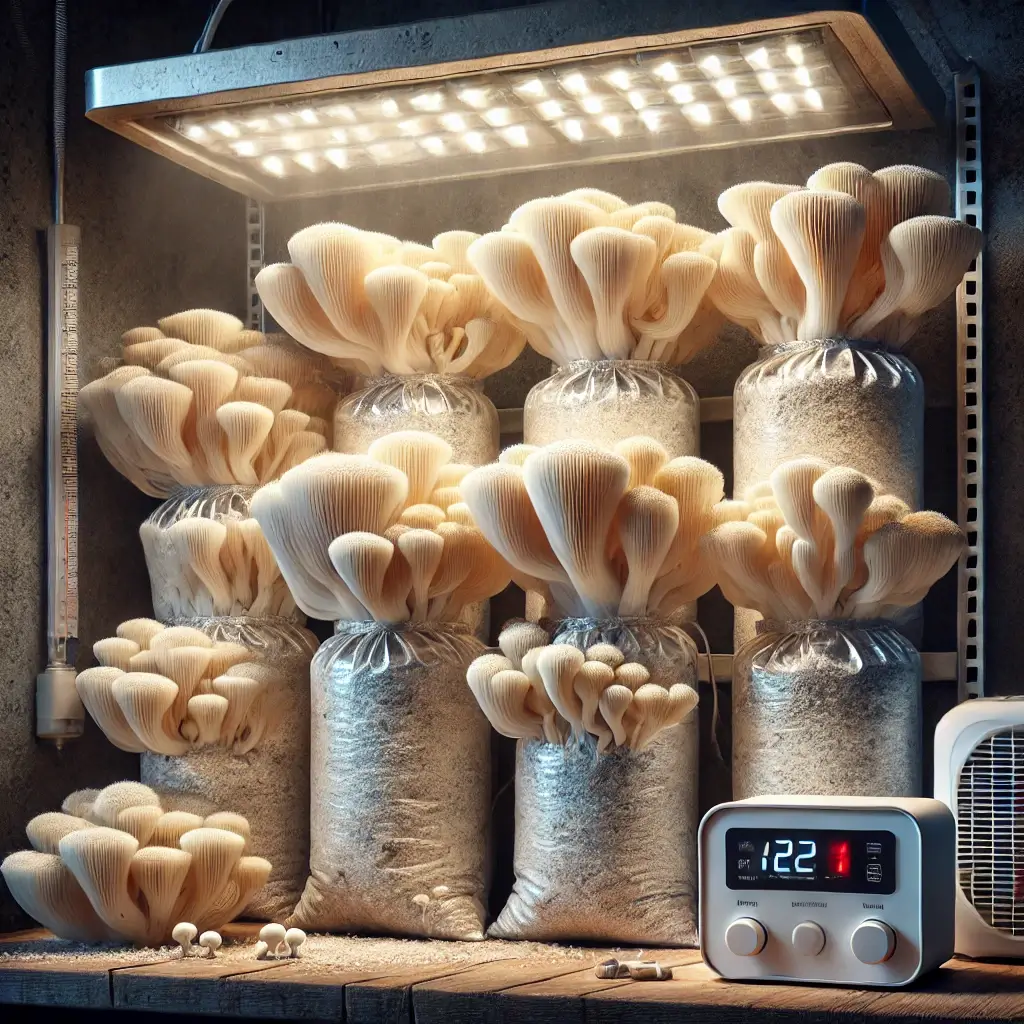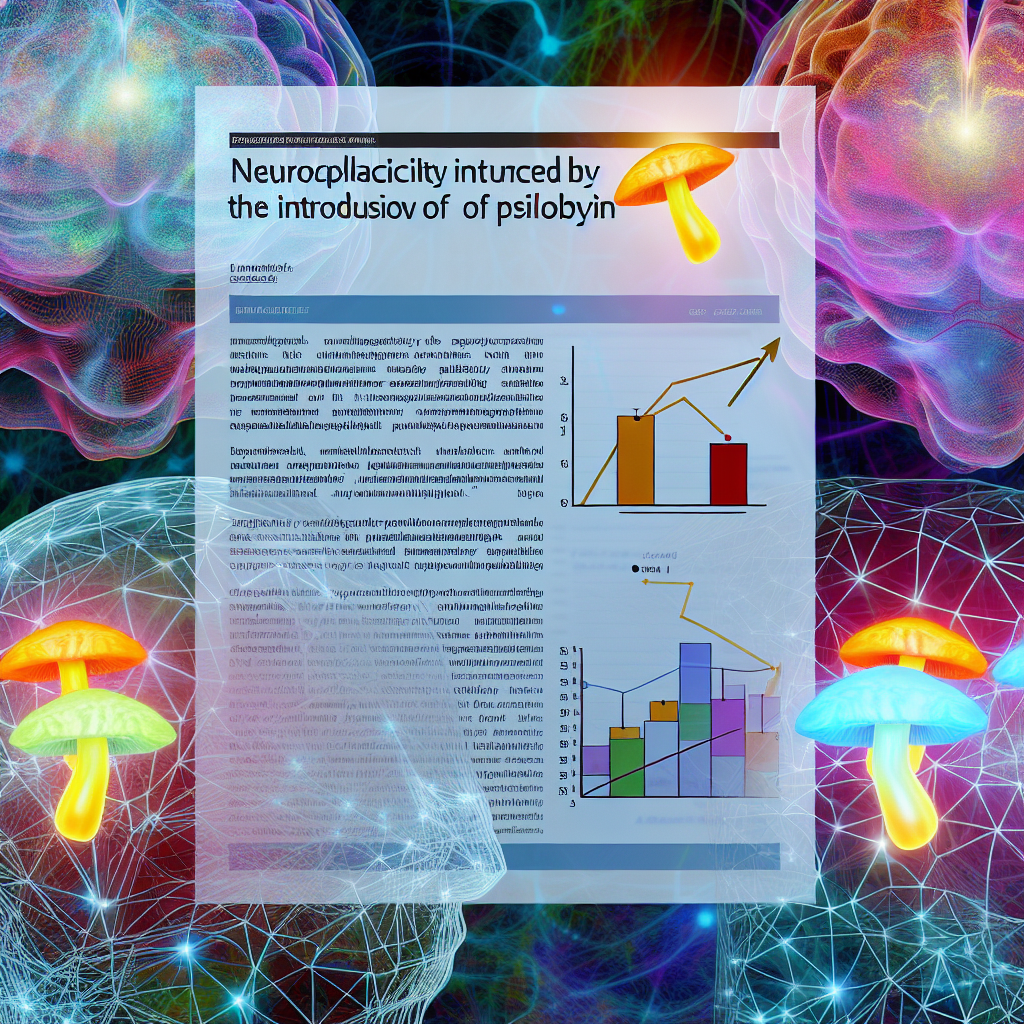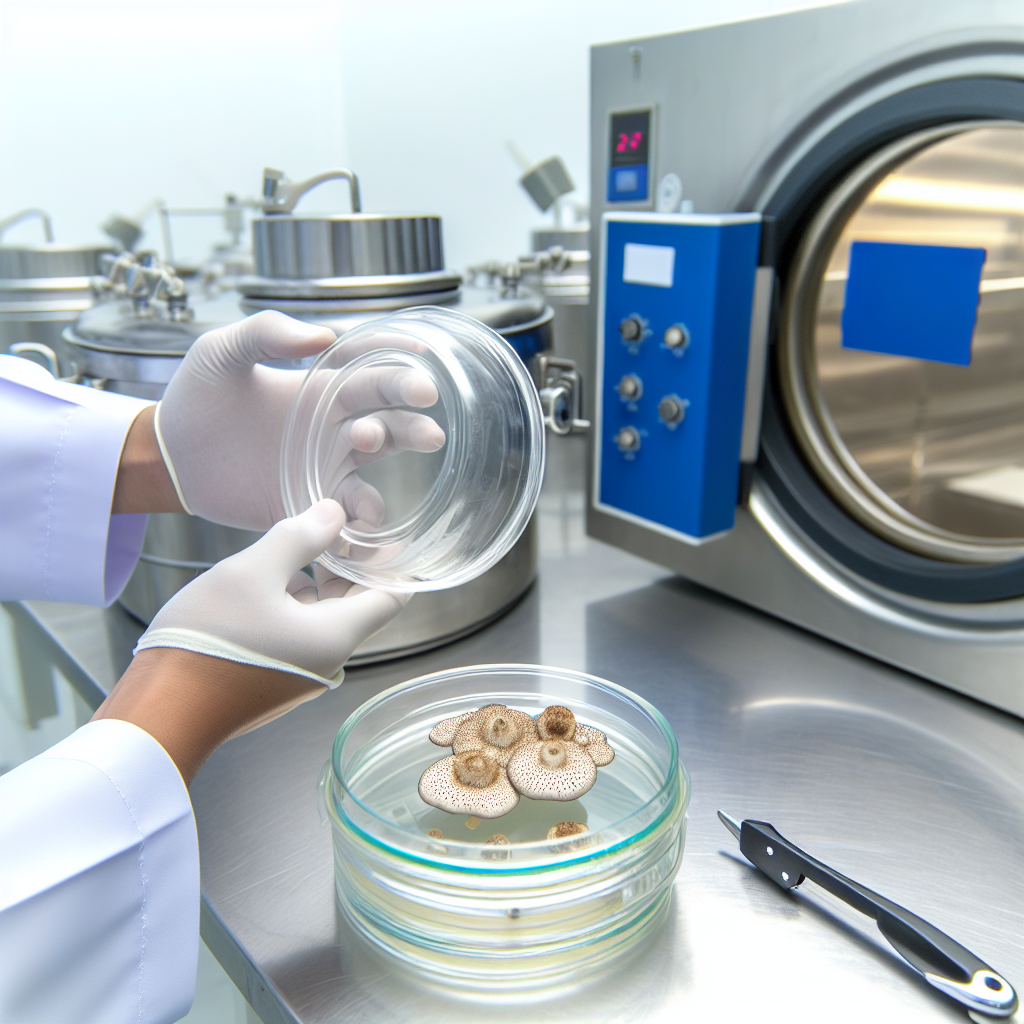Advanced Sterilization Techniques for High-Yield Psilocybin Cultivation
Introduction: The Role of Sterilization in the Psilocybin Renaissance
Psilocybin cultivation, once relegated to underground subcultures, is now advancing into the realm of health science and microdosing therapy, backed by modern research and technologies. With the growing acceptance of psilocybin’s benefits for mental health—such as in managing depression, PTSD, and addiction—proper cultivation techniques are more important than ever. At the core of any successful psilocybin mushroom grow operation is one essential step: sterilization.
Advanced sterilization methods are crucial to achieving high-yield, contaminant-free mushroom crops. Whether you’re a home cultivator or a clinical biotechnologist producing psilocybin under controlled conditions, maintaining a sterile environment ensures your entire grow isn’t compromised by bacteria, molds, or competing fungi. Given that mycelium and fruiting bodies are highly sensitive to contaminants, especially in early colonization stages, sterilization becomes not just a best practice but a fundamental health requirement.
Traditional sterilization techniques such as boiling, pressure cooking, or flaming have long been used by amateur growers. However, these methods often come with limitations, especially when scaling up for medical-grade yields. As psilocybin research increasingly demands consistent quality for scientific certainty, refining this part of the cultivation process is a technical imperative.
Advanced sterilization now integrates practices from microbiology and pharmaceutical-grade clean room standards. These include high-pressure autoclaving, laminar flow hoods, ultraviolet (UV-C) sterilization chambers, hydrogen peroxide vapor (HPV) sterilization, and ozone disinfection systems. These tools and techniques help eliminate microorganisms in substrate, air, and equipment, enhancing yields while minimizing contamination risks.
Moreover, the growing interest in therapeutic psilocybin has encouraged universities and health institutions to adopt rigorous sterilization protocols in their mushroom growth facilities. With more attention on efficacy, dosage consistency, and safety, these sterilization practices determine not only the potency of the mushroom but the credibility of the treatment.
For cultivators seeking to produce high-potency and clean psilocybin mushrooms for therapeutic purposes, mastering sterilization is not optional—it’s essential. Below, we’ll delve into leading-edge sterilization methods currently being adopted in both research labs and optimized grow operations.
Cutting-Edge Sterilization Methods Backed by Science
Rigorous sterilization protocols have a direct impact on the quality and efficacy of psilocybin mushrooms, particularly in research or therapeutic use. Scientific institutions such as Johns Hopkins University and Imperial College London have pioneered psilocybin research, often cultivating their mushrooms under sterile lab conditions to ensure sample reproducibility and dosage precision.
Autoclaving: The Gold Standard for Substrate Sterilization
Autoclaving remains the gold standard for sterilizing cultivation substrates. An autoclave uses pressurized steam at temperatures of 121°C (250°F) and effectively neutralizes all biological contaminants, including bacterial endospores that are resistant to less intense methods such as boiling. According to protocols outlined in mycological research, a 90-minute autoclaving cycle can eliminate 99.99% of known contaminants in grain and compost substrates.
Hydrogen Peroxide Vapor (HPV): High-Volume Sterility Without Residue
Another advanced method, hydrogen peroxide vapor (HPV) sterilization, is increasingly used in pharmaceutical and medical environments due to its ability to sterilize large volumes without toxic residue. HPV disintegrates into water and oxygen, making it ideal for sterilizing grow chambers, tools, and even HEPA filtration systems. Research published in the Journal of Applied Microbiology shows that HPV sterilization can inactivate complex microbial biofilms, a common hidden source of grow contamination.
Laminar Flow Hoods: Creating Sterile Workspaces for Inoculation
Laminar flow hoods, equipped with HEPA filters, provide a sterile air environment where spores can be inoculated without exposure to pathogens. These are critical in maintaining sterile technique during sensitive steps like spore injection and agar preparation. An NIH-supported survey on laboratory growth protocols recommends an ISO Class 5 laminar flow hood for maintaining medically acceptable fungal culture conditions.
UV-C Light Disinfection: Eliminating Airborne and Surface Pathogens
UV-C sterilization is useful for surface and air disinfection, especially in closed-space environments like glove boxes or grow tents. UV-C light at 254 nm disrupts microbial DNA, rendering viruses, bacteria, and mold spores inactive. Published data from the International Ultraviolet Association confirms UV-C effectiveness in decreasing microbial load by 99.9% with routine use in indoor growing environments.
Additionally, recent research by psychedelic therapy startup COMPASS Pathways emphasizes that inconsistent sterilization introduces variability in mushroom potency, affecting trial outcomes. This insight underscores the importance of advanced sterilization from not just a cultivation standpoint, but a clinical research perspective.
Benefits of Advanced Sterilization: From Lab to Therapy
Optimizing hygiene and sterilization provides downstream benefits such as:
– Higher fruiting body yield
– Increased psilocybin content
– Enhanced product safety
– Greater reproducibility for clinical studies
– Regulatory compliance with FDA or GMP standards
Given growing demand for psilocybin-assisted therapy, adhering to professional sterilization protocols is no longer optional—it’s becoming the benchmark for therapeutic cultivation operations.
Conclusion: Elevating Psilocybin Cultivation Through Sterility
Sterilization is the unsung hero of high-yield, therapeutic-grade psilocybin cultivation. Advanced techniques such as autoclaving, laminar flow hoods, UV-C lighting, and hydrogen peroxide vapor sterilization offer sophisticated ways to ensure purity, potency, and safety. As psilocybin therapy enters the medical mainstream, these sterilization practices will form the backbone of scalable, trustworthy mushroom production.
Concise Summary:
Advanced sterilization techniques, such as autoclaving, hydrogen peroxide vapor, laminar flow hoods, and UV-C light disinfection, are crucial for producing high-yield, contaminant-free psilocybin mushrooms for therapeutic purposes. These cutting-edge methods, backed by scientific research, ensure the quality, potency, and safety of psilocybin-based treatments, making them essential as psilocybin therapy gains mainstream acceptance.
References:
– [Johns Hopkins Center for Psychedelic and Consciousness Research](https://hopkinspsychedelic.org)
– [International Ultraviolet Association on UV-C Sterilization](https://iuva.org/UV-Disinfection)
– [Journal of Applied Microbiology – Hydrogen Peroxide Vapor](https://onlinelibrary.wiley.com/journal/13652672)
– [NIH Lab Protocol Manuals](https://www.nlm.nih.gov/nichsr/ihcm)
– [COMPASS Pathways Psilocybin Science](https://compasspathways.com/science-and-research/)
– [Imperial College Psychedelic Research Centre](https://www.imperial.ac.uk/psychedelic-research-centre)

Dominic E. is a passionate filmmaker navigating the exciting intersection of art and science. By day, he delves into the complexities of the human body as a full-time medical writer, meticulously translating intricate medical concepts into accessible and engaging narratives. By night, he explores the boundless realm of cinematic storytelling, crafting narratives that evoke emotion and challenge perspectives. Film Student and Full-time Medical Writer for ContentVendor.com


